Why Car Windows Freeze, and How to Avoid It
During the cold time of the year, most drivers have to deal with frozen windows. It often happens in the early morning when one needs to go somewhere and doesn’t have the extra time to clean the windows from the snow and frost.
5-Minute Crafts is going to tell you why car windows freeze and how to avoid it.
Why car windows freeze
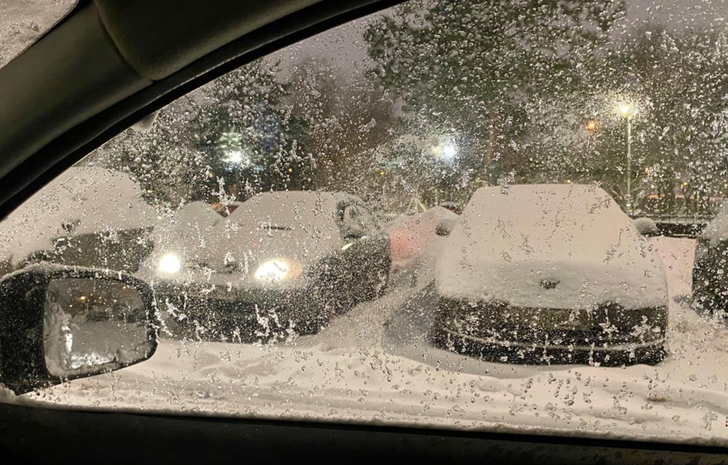
When the temperature is low and there’s rain or snow, it’s not surprising that the cars are covered in ice. But sometimes, there are frozen cars, even when the weather is dry.
The appearance of frost on the windows is a natural thing. 2 factors play a role here:
- Humidity
- Temperature
When the glass temperature drops below 32°F (0°C), the water vapor in the air is condensed and frozen. Because of high humidity, ice forms on the inside and on the outside of the car.
Many of you may have noticed that the windshield of the car may be covered in frost while the rest of the car is not. This is because the glass loses warmth faster than many other materials.
Important! When trying to defrost the glass, never pour hot water onto it. It might cause it to crack.
Where condensation comes from
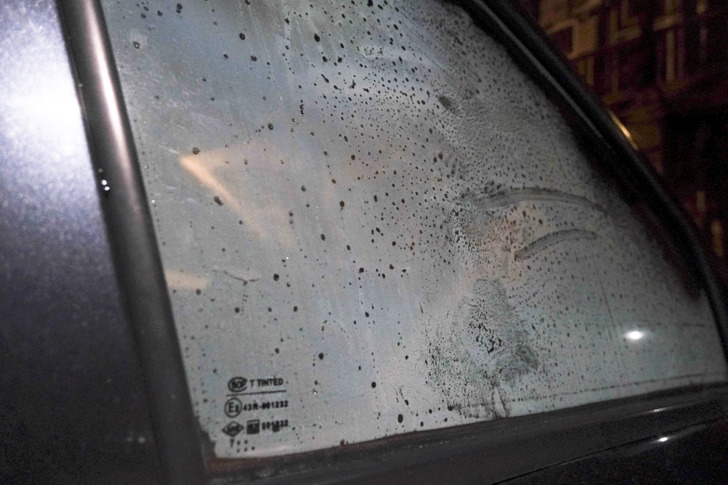
Condensation is water vapor in the air that goes from a gas form to a liquid form. It often appears on the windows due to the difference in air temperature and glass temperature. Warm air meets a cold surface and the moisture stays on it.
When warm humid air cools down, at a certain moment, it reaches the temperature at which it can no longer keep all the water in it, and it starts to condense. It’s called the “dew point” — the temperature at which the moisture starts to condense.
The condensation on the outside of the car is seen when warm, humid air gets on cold glass. It often happens in the early morning. Humidity also leads to condensation on the inside. It evaporates from the air and stays on the inner surface of the windows. At low temperatures, this humidity turns into frost or ice.
Why ice and frost don’t appear everywhere
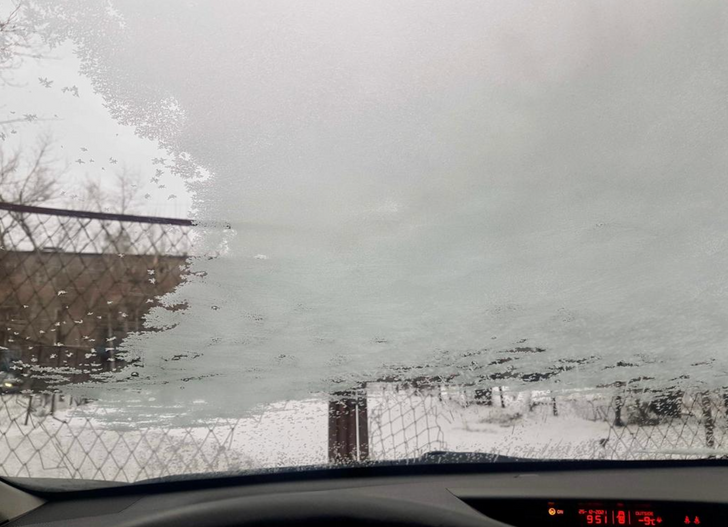
Usually, condensation doesn’t appear on all the windows. It’s believed this is due to the location of the car windows. The side windows are vertical. And the windshield (and sometimes the rear window) is at an angle. More condensation appears on sloping surfaces because horizontal surfaces keep the moisture better.
How to prevent the windows from freezing on the outside
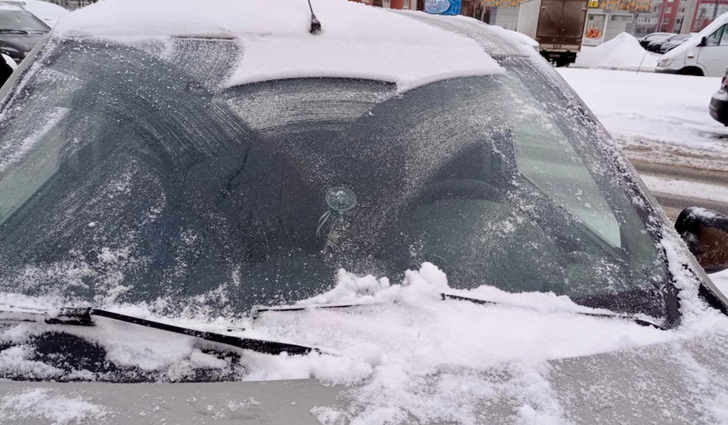
Of course, the best way to protect the car from freezing is by parking it in a warm garage. But not everyone can do that. If your car spends nights outside and in the morning, the windows are covered in a layer of frost or ice, try our tips:
- Keep the windows clean. Particles of dirt attract moisture that freezes at low temperatures.
- Use special products. You can buy a special prevention spray in any car store.
- Cover the windows. There are special cases to protect car windows from snow and frost. You can use plastic or cardboard and fix them with rubber bands. Some people cover the windows with sheets or towels.
- Park with the windshield facing east. In the morning, the sun can help you melt the snow and ice on the windshield.
How to prevent the windows from freezing on the inside
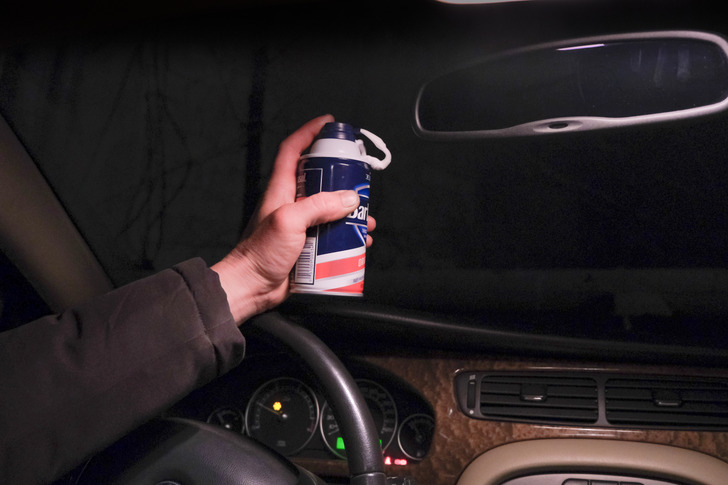
To prevent the windows from freezing on the inside, get rid of the excess humidity. We can’t affect the climate, but we can fight the excess moisture inside the car.
- Don’t leave wet clothes inside the car.
- Put away wet floor carpets.
- Regularly clean the windshield.
- Get rid of the snow from your shoes before getting into the car.
- Keep all liquids in waterproof packs.
- Open the windows. If you are leaving your car in a garage, you can roll down the window a little.
- Ventilate the car when the weather is dry. If you are leaving it overnight outside, ventilate the car before leaving. Open the windows and the doors to let all the excess humidity out.
- Keep windows closed when it rains and snows.
- Use absorbents. Keep things that absorb water in the car, like salt, rice, or cat litter. Silica gel packets also work very well. But be careful with them because they are toxic. Keep them away from kids and pets.
- Put some shaving foam on the glass. First, wash the glass and then put the foam on it using a microfiber tissue. Polish the glass well. The foam will make a barrier, protecting the glass from moisture.
The causes of high humidity inside the car
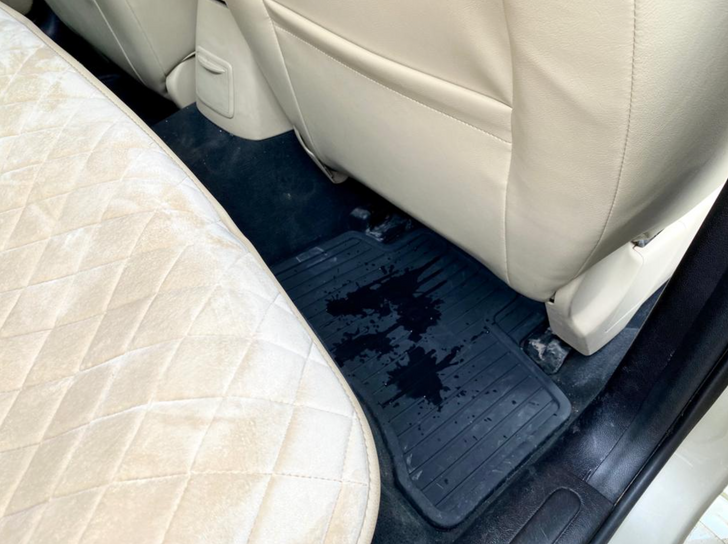
We’ve already found out that water in the air is the reason why windows freeze.
These things can contribute to the appearance of excess water inside the car:
- A coolant leak — it will drip on the carpet.
- Wet carpets
- Moist seats — if you get into the car in wet clothes, the seats will absorb the moisture.
- Damaged seals — check the door and window seals. If they are damaged, the moisture might get into the car.
- Clogged drainage in the doors
- Clogged pipes — check your windscreen washer pipes, as well as the drain holes for the sunroof and the lower windscreen panels.